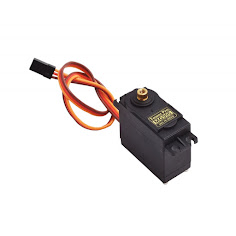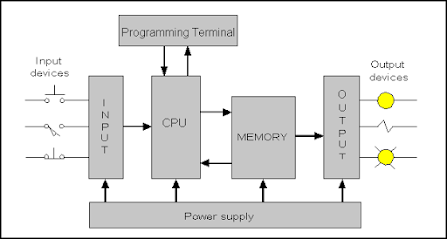Servo motor- Applications of Servo Motor -Servomechanism-Components of Servomechanism -Working of Servomechanism-Types of Servo System

Servo Motor Servo motor is a device that produces motion in response to a command, and then regulates the speed and direction of that motion in response to feedback. The world of industrial servos is a very diverse one.A servo motor is much more powerful than other motors of the same size.Powerful magnets make servomotors exceptionally quick and accurate. A feedback device called an encoder is built into the servomotor at the back end. Applications of Servo Motor Cameras Solar array Antenna positioning Robot pets Textiles Automatic doors Remote control toys Printing presses Servomechanism Servomechanism is an automatic device for controlling large amounts of power by means of very small amounts of power and automatically correcting the performance of a mechanism. Components of Servomechanism All servomechanisms have at least these basic components: Controller Command device E...


